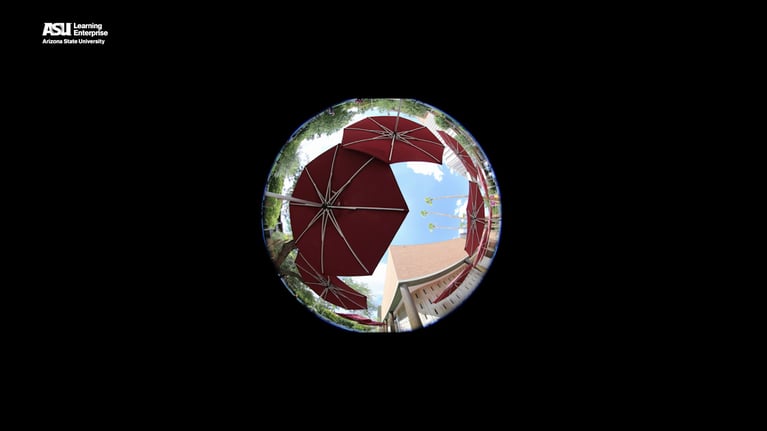To calculate the length of a curve, we need more than just the Pythagorean Theorem; we need calculus. While the Pythagorean Theorem helps us find the distance between two points on a coordinate system, the length of a curve can only be approximated by connecting dots with a straight line. We need calculus for calculating the length of a curve exactly. The integration process in calculus is used to add up the lengths of infinitesimally small line segments that make up the curve, resulting in its precise length.
Thanks to a very famous (and apparently quite controversial) Greek mathematician and philosopher, Pythagoras, we can find the distance between two points by placing them on a coordinate system and connecting them with a right triangle. The distance between the two points is now the hypotenuse of that right triangle. By the Pythagorean Theorem, to find the length of the hypotenuse, we square the lengths of the legs of the triangle, add those together, and take the square root.
Voilà! We’ve got the length of the line segment connecting the two points. So hand us any line segment, and we can use this method to find out how long it is, right?
But what happens if we want to find the length of a curve instead of a straight line segment? We can’t make that into the hypotenuse of a triangle; triangles have straight sides! So, what can we do?
To answer that question, think back to the “Connect the Dots” activities from elementary school where the task is to connect dots in order to reveal a hidden picture. If you didn’t realize ahead of time what the picture was going to be, you just connected each dot with the next using a straight line. The result? You’d end up with the right picture. It just wouldn’t be very smooth.
Well, let’s apply that same “childish” way of thinking to finding the length of a curve. Imagine that the curve is made up of a bunch of dots that are connected with straight lines. We know how to find the lengths of these line segments, right? So if we found all of their lengths and added them up, we’d at least have an approximation of the length of the entire curve. And, if we wanted a better approximation, we could just use more dots and line segments. But we’d still only have an approximation.
To find the exact length of the curve, we need Calculus. Calculus allows us to make those dots super, super close together so that the line segments between them are super, super small. Then, instead of a curve, what we’ve got is infinitely many infinitesimally small line segments. And we can show that each of the super tiny line segments has a length of the square root of 1 + the derivative squared. Then, we use the process of integration in Calculus to add up the lengths of these many many super super small line segments. The result? The exact length of the curve.


